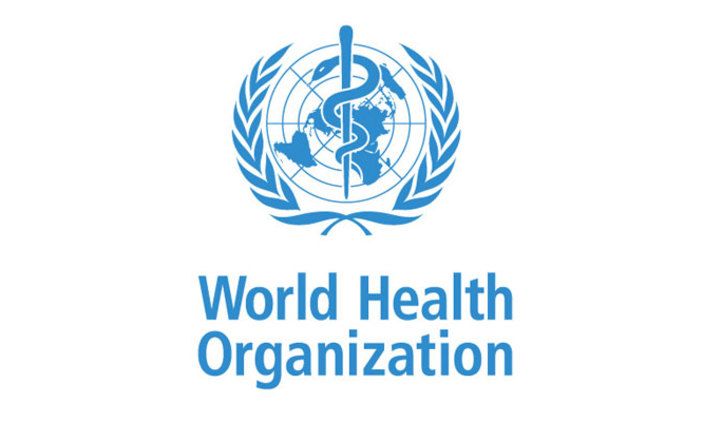STIs: Neglected During COVID-19
Sexually transmitted infections (STIs) received little attention during the pandemic, but the truth is the STIs did not stop infection increases shortly after the quarantine.

The past three years we’ve been forward-facing. Addressing the threat in front of us, a relentless punishment for years of public health and infectious disease preparedness neglect. The COVID-19 pandemic, followed by an unprecedented monkeypox (MPOX) global outbreak, and then a new cluster of Ebola Sudan cases in Uganda—all of these issues consumed the energy and efforts for public health.
Similar to the neglect of other health issues, like HIV/AIDS and TB during the 2014/2016 Ebola outbreak, sexually transmitted infections (STIs) received little attention during this health crisis.
Recently, the World Health Organization (WHO) reported an update on the current global state of STIs. On a daily basis, there are 1 million new STIs acquired on a global scale. This is worrisome as so many are preventable, but also because the majority are reportedly asymptomatic. Within this updated report, the WHO reported that each year there are an estimated 374 million new infections with 1 of 4 curable STIs (chlamydia, gonorrhea, syphilis, and trichomoniasis). Genital HSV, herpes simplex virus, impacts 500 million people aged between 15-49 years and HPV (human papillomavirus infection) is associated with over 311,000 cervical cancer deaths each year. For pregnant women, there was an estimated 1 million infections with syphilis in 2016, which resulted in 350,000 adverse birth outcomes.
The WHO also emphasized the impact that STIs have had on sexual and reproductive health due to stigma, infertility, cancers and pregnancy complications, etc. The WHO emphasized that “STIs can have serious consequences beyond the immediate impact of the infection itself. STIs like herpes, gonorrhea and syphilis can increase the risk of HIV acquisition. Mother-to-child transmission of STIs can result in stillbirth, neonatal death, low-birth weight and prematurity, sepsis, neonatal conjunctivitis and congenital deformities. HPV infection causes cervical and other cancers. Hepatitis B resulted in an estimated 820 000 deaths in 2019, mostly from cirrhosis and hepatocellular carcinoma. STIs such as gonorrhea and chlamydia are major causes of pelvic inflammatory disease and infertility in women.”
The WHO has taken care to emphasize the biggest threat to global efforts against STIs is drug resistance. In truth though, we saw so much stigma and antiquated thinking during the MPX outbreak, there is a much bigger hurdle against these issues than realized. The reality is that many diseases come with stigmatization far grander and nefarious than many people realize.
Even though MPOX is not considered an STI, the early epidemiological trends of cases among men who have sex with men, triggered stigma that negatively impacted all facets of outbreak response. Ignoring these aspects of infectious diseases, especially in neglected topics like STIs does everyone a disservice. As Ngofeen Mputubwele and Joseph Osmundson, PhD, shared in their September article on colonial viral neglect, “For the second time this decade, a virus is spreading in novel ways around the world. Viruses emerge from animal reservoirs on every continent, including the hantavirus in Southwest desert areas in the United States and the swine flu in 2009. However, novel viruses or old viruses that are spreading in new ways are often narrativized, using heart-of-darkness imagery that imply these infections are foreign and the human populations they arose in are backward.” In the world of STIs, we have so much more work to be done.
